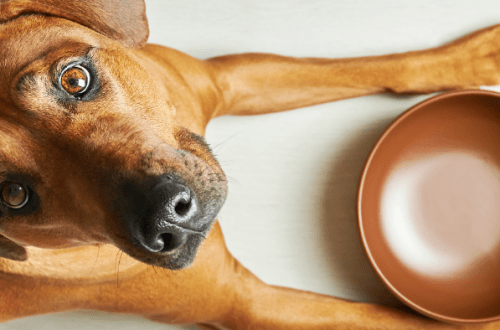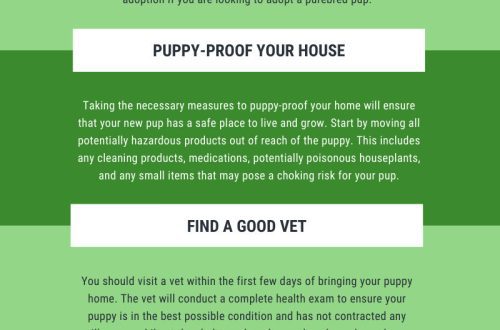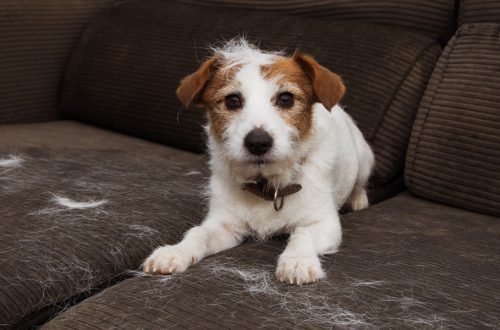
How to choose a puppy
Before you go to choose a puppy, once again weigh the pros and cons. To avoid surprises and disappointments in the future, answer the basic questions that will help you make the right decision. Only after that proceed to the purchase of a puppy. Do not rush to choose a puppy. Visit several exhibitions, study the available information, chat with other owners, get to know the dogs. So you can understand whether this breed is really your dream. Decide whether you need a breeding dog, a champion of all exhibitions in the Universe and its environs, an assistant in some business (for example, an athlete, hunter or bodyguard) or just a cheerful, cheerful companion? The class of the puppy depends on this – and, consequently, the cost.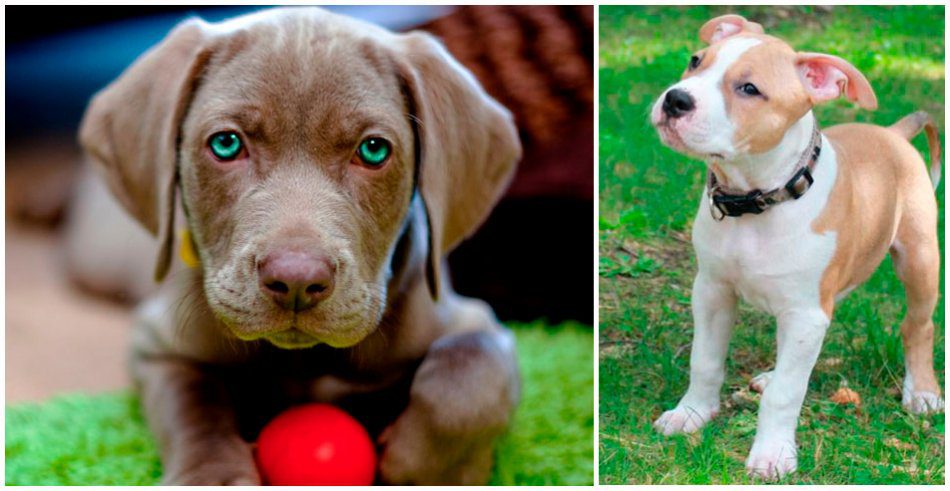
Contents
How to choose a puppy: classes of purebred dogs
There are three classes of dogs: show, breed and pet. Keep in mind that up to 5-9 months it is difficult to predict which category a puppy will fall into. Only a rough estimate is possible, and as the dog grows older, it can “move” from one class to another. Show class – these are high-breed dogs that fully comply with the standard, have no defects and visible flaws, endowed with “courage” for exhibitions. Such puppies are potential show champions, and therefore the most expensive ones. Brid class are healthy dogs with an excellent pedigree, pronounced pedigree temperament and good reproductive characteristics. However, in beauty they are inferior to representatives of the show class. These are breeding dogs. pet class – these are dogs that have either disqualifying vices or many conformation flaws. Such puppies will not be able to shine at shows or participate in breeding in the future. However, nothing prevents them from becoming wonderful companions and family favorites. This is a great option for those who are looking for a dog “for the soul.” These puppies are the cheapest.
Where is the best place to get a puppy?
It is best to buy a puppy in a proven nursery with a good reputation. If you need a working dog, look for a kennel that specializes in exactly the direction you need. A responsible breeder will ask you a lot of questions about why you are taking a dog, what conditions it will live in, and help you choose a puppy that will suit you best. Feel free to ask questions, the more the better. Don’t be afraid to look like a bore. Were there any genetic diseases in the family? What do puppies eat and how often? Were there any veterinary treatments? If yes, which ones? What is yet to come? A good breeder will only please your interest. If he starts to get annoyed or avoids answers, it is better to look for another nursery.
What to look for when choosing a puppy
- Meet the parents of a potential pet, study their pedigrees. Check if the parents are close relatives, sometimes this can be fraught with undesirable consequences for the offspring.
- Ask to see documents for mating and puppies, the results of medical examinations. Watch the mother, she should be healthy, not emaciated, balanced, feed and lick the puppies, play with them, not show aggression.
- Decide if you want to get a female or a male. Each has both pros and cons.
The male “does not bring in the hem” unwanted puppies, he does not have estrus. Representatives of the “stronger sex” are more in line with the standard, since it is written specifically from males. At shows, bitches are often inferior to males. Males are more aggressive and independent, they often run away in search of adventure. There is an opinion that they are trained worse, but everything is relative here. If you choose a bitch, you can plan to have offspring (unless, of course, your dog is healthy), the “girl” is easier to learn. Bitches, as a rule, are more devoted and affectionate and there is less risk that she decides to join the “free” relatives and leave you. However, you risk, without checking, to have a brood of unwanted puppies and a headache for their attachment. Bitches go into heat regularly, and all the males in the area will gather at your doorstep, and you will have to be vigilant on a walk. However, these problems can be solved by sterilization. 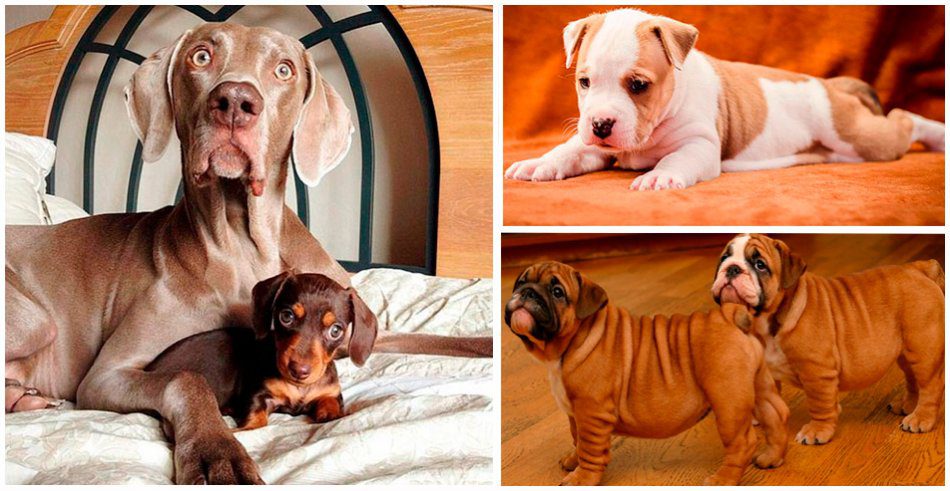 4. Inspect the room in which the puppies live. There should not be dirty, unpleasant smell. The floor must not be slippery. Toddlers should have enough space to play. The feeder and drinker must be clean. 5. Evaluate the appearance of the puppy. A healthy puppy is mobile, cheerful, active, not shy, willingly makes contact. The nose, ears, eyes are clean, without discharge. The tummy is not swollen, and at the same time the baby is not thin, with a good appetite. 6. See how the baby communicates with brothers and sisters – this will say a lot about his character. Ask about the character traits of the baby you like, about the specifics of care, upbringing, and training. 7. If possible, look at older puppies from previous litters – this will give you an opportunity to evaluate what will grow out of this fluffy lump. 8. Together with the puppy, you should be given a puppy card (which is then exchanged for a pedigree), a veterinary passport, which lists all vaccinations and other veterinary procedures, as well as a sales contract. A conscientious breeder will not refuse to advise you in the future if any difficulties arise – after all, he is not indifferent to what will happen to the baby in whom so much effort has been invested.
4. Inspect the room in which the puppies live. There should not be dirty, unpleasant smell. The floor must not be slippery. Toddlers should have enough space to play. The feeder and drinker must be clean. 5. Evaluate the appearance of the puppy. A healthy puppy is mobile, cheerful, active, not shy, willingly makes contact. The nose, ears, eyes are clean, without discharge. The tummy is not swollen, and at the same time the baby is not thin, with a good appetite. 6. See how the baby communicates with brothers and sisters – this will say a lot about his character. Ask about the character traits of the baby you like, about the specifics of care, upbringing, and training. 7. If possible, look at older puppies from previous litters – this will give you an opportunity to evaluate what will grow out of this fluffy lump. 8. Together with the puppy, you should be given a puppy card (which is then exchanged for a pedigree), a veterinary passport, which lists all vaccinations and other veterinary procedures, as well as a sales contract. A conscientious breeder will not refuse to advise you in the future if any difficulties arise – after all, he is not indifferent to what will happen to the baby in whom so much effort has been invested.



